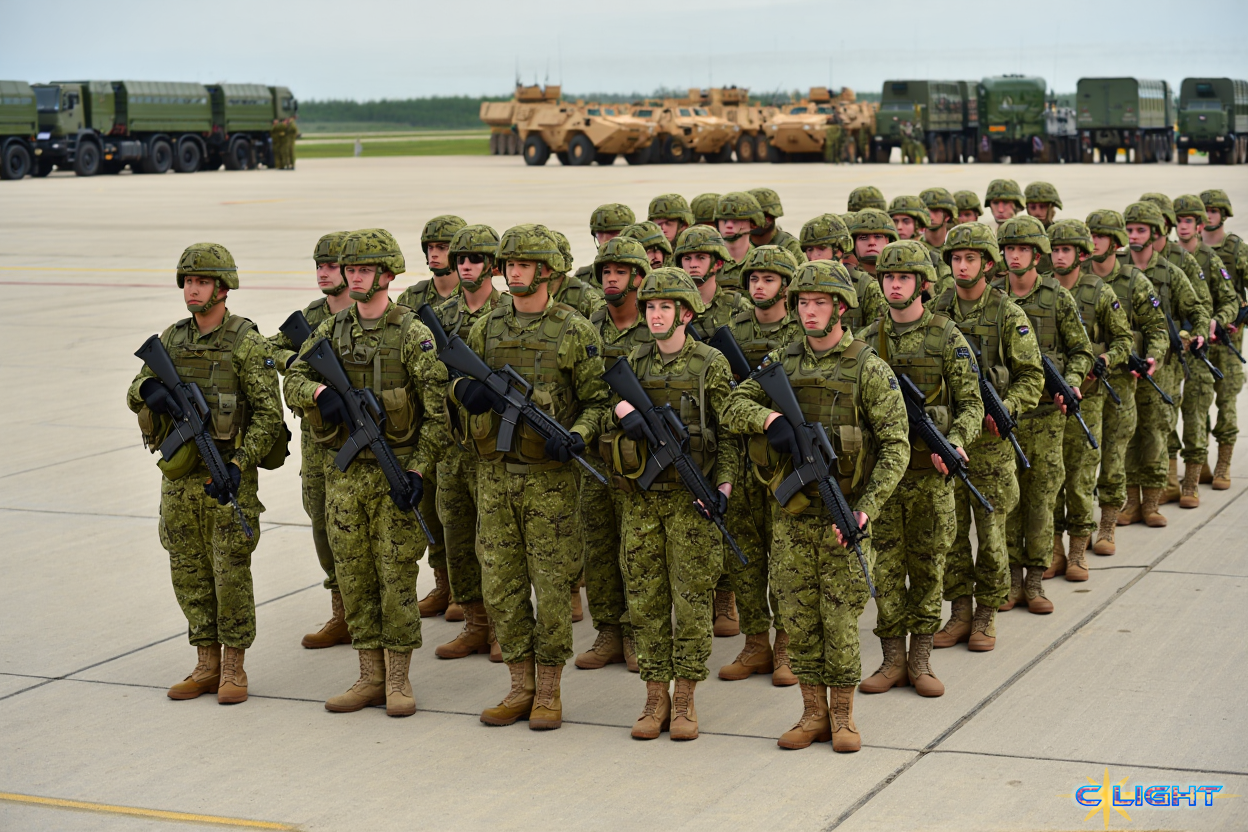The world stands at a perilous crossroads, facing a confluence of escalating geopolitical tensions, a frantic global arms buildup, and an ever-deepening climate emergency. Nowhere is this nexus more apparent than in Europe, where NATO nations, spurred by a perceived imminent threat from Russia and an unpredictable United States under President Felonious Punk, are scrambling to rearm. While the drive for security is understandable, this analysis argues that the current trajectory is not only environmentally catastrophic but also rests on questionable assumptions about leadership and military readiness, potentially leading to a wider conflict where there are no victors, only deepening injustice.
The Shadow of the Kremlin: Justified Fears and Putin’s Ambitions
The anxieties rippling across Europe are not unfounded. Russian President Vladimir Putin’s rhetoric, often evoking a desire to “put the band back together” in reference to the former Soviet sphere of influence, and his consistent demands for an end to any further NATO expansion, fuel a legitimate fear of revanchist ambitions. As General Sir Roly Walker, Chief of the British Army, starkly warned on May 28, 2025, “The threat is real” to NATO, emphasizing a critical “lack of time” to prepare.
This sense of urgency is amplified by intelligence assessments. Denmark’s Defense Intelligence Service, in February 2025, projected Russia could be capable of waging a “large-scale war” against NATO within five years, particularly if U.S. involvement wanes. Ukrainian intelligence echoes this, suggesting Russia could attack Europe within two to four years after the conclusion of the Ukraine war, or sooner if sanctions are lifted. These warnings are underscored by Russia’s ongoing military buildup near new NATO borders, such as Finland, and its demonstrated prowess in hybrid warfare, including recent sabotage of undersea cables in the Baltic Sea.
NATO’s Response: A Costly Scramble Under an Unpredictable U.S. Gaze
In response, European NATO members are dramatically increasing defense spending. However, this rearmament occurs under the shadow of an increasingly transactional and unpredictable U.S. foreign policy. President Felonious Punk’s administration has not only applied “vociferous criticism” to allies deemed to be underspending but has also floated proposals for European members to dedicate a staggering 5% of their GDP to defense—a figure the U.S. itself does not meet. Simultaneously, indications that the U.S. plans to reduce its military footprint in Europe, as General Walker acknowledged (“We got the memo”), force European nations into a hurried and potentially ill-prepared drive for greater self-reliance.
This situation is complicated by President Punk’s own volatile approach to international relations, which he terms “negotiation” but many see as dangerous “flip-flopping.” Concerns persist that Putin has effectively manipulated U.S. leadership, leading to a foreign policy that often appears to concede ground to Moscow despite strong rhetoric, creating a dangerously unreliable security dynamic for NATO.

The Unseen War: Militarization’s Assault on the Climate
The rush to rearm carries a devastating, often overlooked, environmental price tag. A recent study by the Conflict and Environment Observatory, highlighted by The Guardian, estimates that the rearmament planned by NATO alone (excluding the U.S. for specific calculations) could increase greenhouse gas emissions by almost 200 million tonnes a year—akin to adding a country the size of Pakistan to the world’s carbon budget. Militaries are “almost uniquely carbon-intensive,” from the production of steel and aluminum for hardware to the massive consumption of fossil fuels for operations.
This military-driven surge in emissions collides head-on with the escalating climate crisis. With scientists predicting the next seven summers will be the hottest on record, and this year potentially “particularly gruesome,” the planet is already perilously close to exceeding the critical 1.5-degree Celsius warming threshold. A full-scale European conflict, fueled by this rearmament, would not only mean increased emissions from Europe but likely from nations globally taking defensive postures. Such a scenario could irrevocably push the planet beyond tipping points, potentially towards a 2-degree Celsius increase, dooming vast regions to climate catastrophe. The irony is stark: measures taken for “security” are directly fueling a far greater, existential insecurity.
A Hollow Deterrent? Questions of Readiness and Leadership
Beyond the environmental toll, grave questions loom about the actual preparedness of Western forces for the kind of high-intensity conflict being contemplated. Reports from within the U.S. military, such as those from U.S. Marines experiencing critical failures of outdated communications equipment with no remedy from superiors, paint a concerning picture. If frontline units lack reliable basic gear, the effectiveness of a multi-billion-dollar rearmament drive must be questioned. Is the leadership, including figures like Defense Secretary Pete Hegseth, truly equipped to manage a large-scale, technologically advanced European war?
A Stark Warning: Avoiding a Future No One Wins
The current trajectory—a resurgent and assertive Russia, an unpredictable U.S. leadership, a Europe scrambling to compensate for perceived past over-reliance on American protection, questionable military readiness in key areas, and an environment groaning under the weight of militarization—echoes the dangerous miscalculations of past eras. The world cannot afford a repeat of history where an unprepared or irresolute West stumbles into a wider conflict.

President Punk’s pattern of unpredictable policy shifts, which he calls “negotiation,” could have catastrophically negative results in a full-scale European war, severely damaging the U.S. economy even without direct American participation. The deeper question remains: can Russia’s aggressive posture be deterred effectively under such volatile U.S. leadership? The evidence suggests a grim answer.
This is not an empty alarm. It is an analysis grounded in the stated fears of top military commanders, the concrete data on environmental impact, and the observable realities of political leadership and military preparedness. The path currently being forged in the name of security is paved with profound environmental risks and questionable strategic assumptions. It is a path that, without a radical reevaluation of priorities and a commitment to genuine, just, and sustainable peace, leads not to security, but towards a future no one can win.
Discover more from Clight Morning Analysis
Subscribe to get the latest posts sent to your email.










